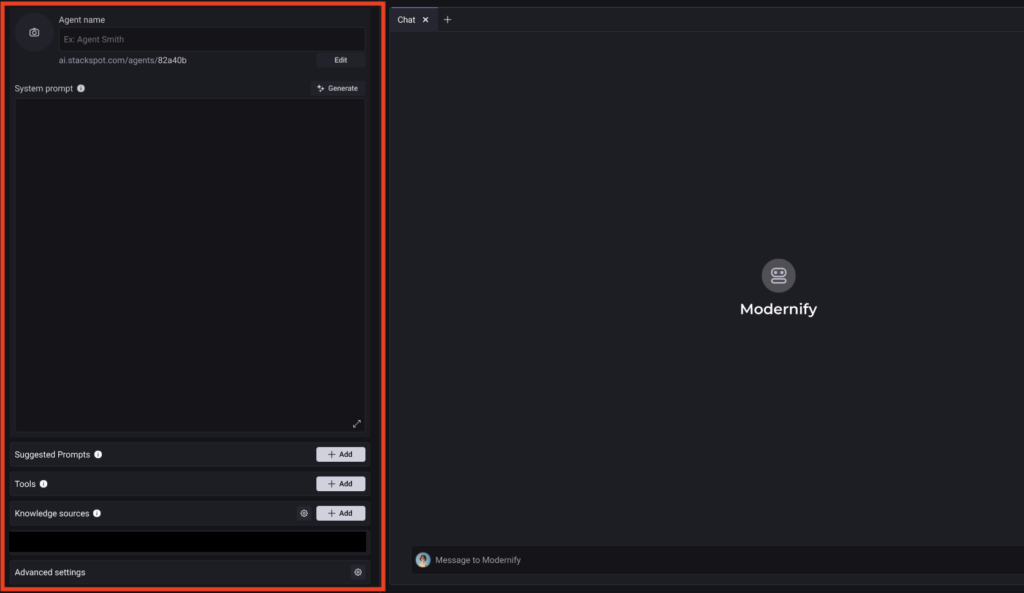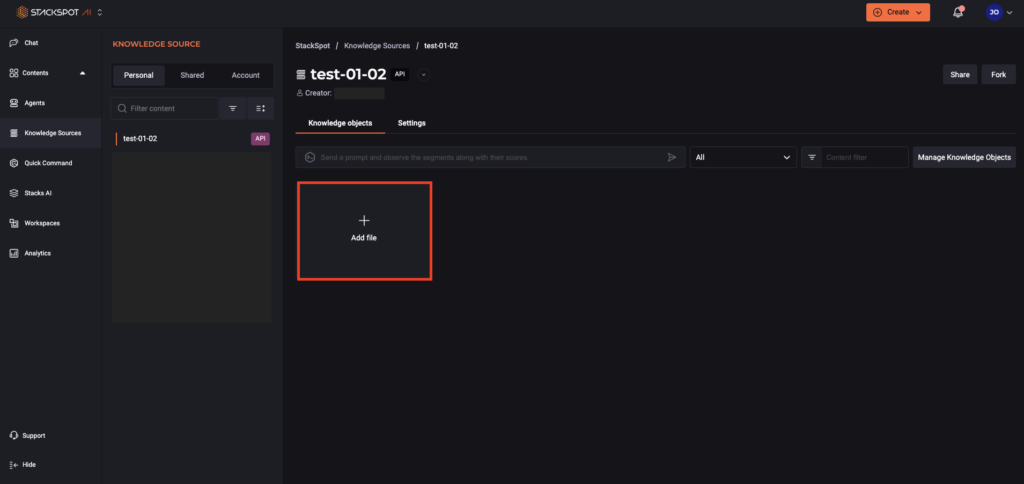There’s no shortage of talk about how technology is reshaping creative and strategic work, but few tools have impacted designers’ routines as deeply as AI for design.
At Zup, StackSpot AI has become one such transformative tool, especially for those working in complex or high-stakes product environments.
In this article, you’ll learn how StackSpot AI has enhanced my work as a product designer — bringing speed, clarity, and depth to solution development — and how this AI is redefining what it means to be a designer in the age of intelligent systems.
What is StackSpot AI?
StackSpot AI is a multi-agent platform designed for the software development life cycle. Its flexibility allows it to adapt to the specific needs of different business domains and teams.
For product design, StackSpot AI has become a powerful partner. It offers far more than development support, helping teams to structure workflows, organize knowledge, generate relevant insights, and even improve communication across the organization.
AI for Design: How StackSpot AI Transformed My Workflow
In the project I’m currently involved in, StackSpot AI helped me automate tasks that used to demand excessive time and effort. More importantly, it introduced intelligence into the design process, allowing us to deliver more efficient and user-centered solutions.
Here’s what we did and the impact we experienced.
1 – Custom AI agents
I created personalized AI agents tailored to the product design team’s needs. These agents were trained using contextualized Knowledge Sources, which made sure the solutions they generated were relevant to the specific challenges we face.
Specialist Designer Agent
The Specialist Designer Agent was developed to support product design within a specialized field. It was configured to interpret data, understand our domain, and help generate market-aligned solutions.
Not only did the agent provide valuable recommendations based on industry trends and user behaviors, but it also helped us structure processes, organize product information, and streamline communication with stakeholders. Integrated into a curated knowledge base, it has become a key enabler of effective and context-aware product decisions.

2 – Specialized Knowledge Source
To support the agent, I developed a robust and targeted knowledge base focused on sector-specific product information. Centralizing this data brought a major benefit: faster access to reliable insights with greater confidence.
Before this breakthrough, I had to search across scattered systems, manually validate sources, and cross-check versions. Now, with everything unified, I can trace sources, manage access, and dramatically reduce errors in key product design decisions while saving valuable time.

3 – Quick Command for UX Writing
To streamline writing tasks, I created a Quick Command (QC) for UX writing that was customized to our unit. This command ensured clearer, consistent, and brand-aligned communication, allowing us to deliver better content, faster. Instead of revising everything manually, I now rely on StackSpot AI to evaluate tone, voice, and clarity, speeding up delivery and boosting accuracy.
The Quick Command was particularly helpful in aligning our output with customer voice and expectations while keeping production agile and reliable.

Results
Integrating StackSpot AI into our workflow brought measurable outcomes beyond simple automation. Check out the highlights:
- Greater process agility: We drastically reduced the time spent on operational tasks, such as searching for data and reviewing copy. This gave the team more bandwidth to focus on strategic design.
- Shift from operations to strategy: With repetitive tasks delegated to AI, we were free to dive deeper into planning, data analysis, and user-centric innovation.
- Better insights, greater accuracy: StackSpot AI helped surface patterns and behaviors that had previously gone unnoticed, improving our decisions and product direction.
| Task | Time before StackSpot AI | Time after StackSpot AI | Impact |
| Refinement of texts and messages (UX Writing) | 3 hours per day | 1 hour per day | 67% faster, thanks to Quick Commands that automate and improve text. |
| Information search across systems | 2 hours per day | 30 minutes per day | 75% faster with centralized, curated knowledge. |
| Creation of team presentations | 5 hours per presentation | 2 hours per presentation | 60% faster with automatic content structuring. |
| Behavior pattern identification | 6 hours per week | 2 hours per week | 67% faster with insight automation and strategic data support. |
| Agent configuration | 4 hours per week | 1 hour per week | 75% faster due to simplified and reusable setup. |
What Changed for Me with StackSpot AI
For me, the most valuable outcome of using StackSpot AI was not just improved efficiency, but rather clarity.
With fewer manual tasks, I could redirect my energy toward what truly matters: analyzing data, building strategies, and making design decisions that create impact.
StackSpot AI didn’t replace me as a designer, it amplified my thinking, sharpened my insights, and elevated the quality of my work.
Tips for Designers Exploring StackSpot AI
If you’re considering adopting StackSpot AI or other designer AI tools, here’s a short list of things to keep in mind:
- Understand your needs: It’s important to identify your daily design challenges before implementing any new solution. This helps you set up the platform to address what matters most.
- Leverage customization: StackSpot AI lets you build custom agents and commands. Take full advantage of this flexibility to align the tool with your design workflow.
- Demonstrate value to your team: Tools only work when teams trust them. Share results, co-create solutions, and bring others into the process to build confidence and buy-in.
- Track and adapt: Measure the platform’s impact and stay open to refinement. StackSpot AI evolves with your input—and so should your approach.
AI for Design: Greater Speed, Greater Depth
Embracing AI for design through StackSpot AI has transformed my work as a product designer. It’s helped me move from execution to strategy, acting faster while thinking more deeply about users and outcomes. Most importantly, it gave me back time—time to focus on making better decisions and delivering more accurate, impactful solutions.
If you also believe in technology’s power to elevate creative work, I encourage you to explore StackSpot AI and other AI design platforms. After all, the future of our craft lies in leveraging tools that scale our creativity, intelligence, and value.
Want to start now for free? Just log in with your Google or GitHub account!
Did you enjoy this post? Share your thoughts in the comments and let us know how AI is changing your approach to product design.

 Skip to content
Skip to content


